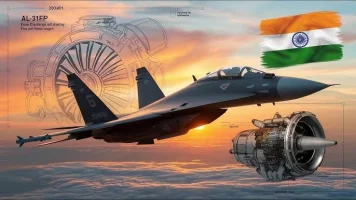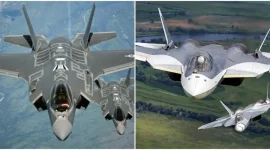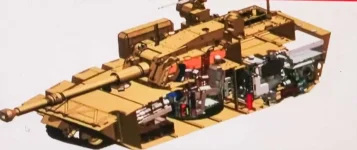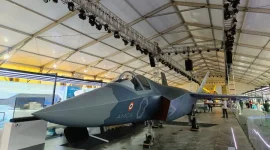- Views: 2K
- Replies: 26
A recently surfaced photograph has provided the first clear look at the Su-57's side weapon bay, a previously shrouded feature of Russia's advanced fifth-generation fighter jet. This revelation offers valuable insights into the aircraft's stealth capabilities and combat doctrine.
The Su-57, Russia's answer to the American F-22 and F-35, is designed for both air superiority and multirole missions. Its emphasis on agility, advanced avionics, and stealth technology places it among the most formidable fighter aircraft in the world.
The side weapon bay, located near the fuselage, is crucial for maintaining the Su-57's low radar cross-section (RCS). By storing weapons internally, the aircraft minimizes its radar signature, making it more difficult for adversaries to detect.
Analysis of the photograph suggests that the side bay is optimized for short-range air-to-air missiles, likely the highly agile R-73 or the newer K-74M2. This configuration aligns with the Su-57's focus on within-visual-range (WVR) combat, where its maneuverability and advanced avionics give it a significant edge.
Key Takeaways from the Photo
- Potential for Advanced Sensors: The bay may house advanced targeting sensors, enhancing the Su-57's lock-on-after-launch (LOAL) capabilities and enabling it to engage multiple targets effectively.
- Compact Missile Configuration: The bay's design suggests it is tailored for compact, short-range missiles, ideal for close-range dogfights.
- Enhanced Maneuverability: The side bay's location allows for rapid missile deployment, crucial in dynamic WVR combat.
- Stealth Optimization: Internal weapon storage significantly reduces the Su-57's RCS, enhancing its survivability.
This new information adds another layer to our understanding of the Su-57's capabilities and provides valuable insights into Russia's evolving military aviation technology.




